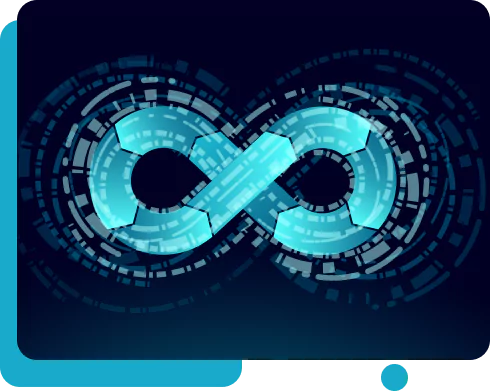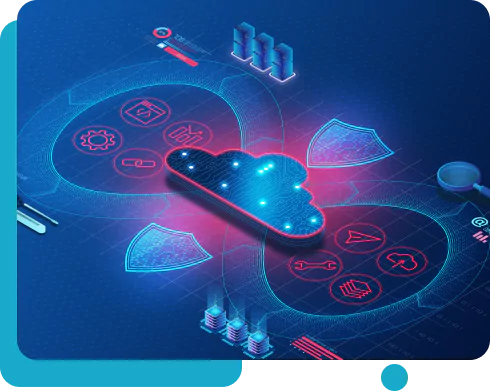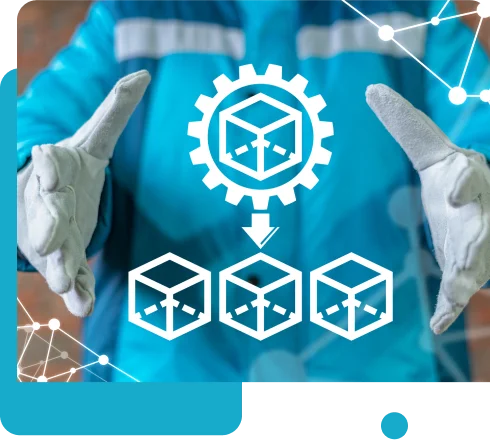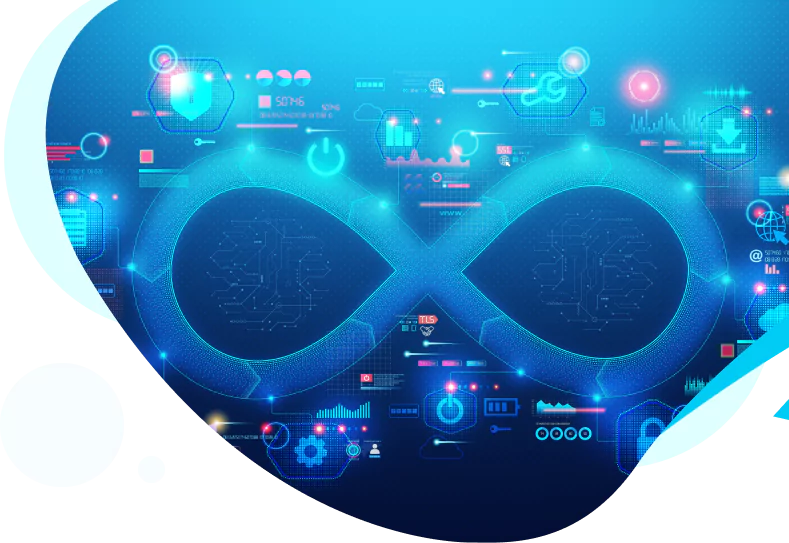
One cannot move forward with the process of deployment without going through the Continuous Integration and Continuous Delivery tools. The CI/CD tools are an essential part of implementing a reliable and incessant delivery pipeline that reduces the software development cycle and increases the rate of deployment as well as efficiency. This effectiveness is marked by the core tenets of the DevOps and agile methodologies that are strictly supported by CI/CD tools.
How do we set up a CI/CD Pipeline?
A pipeline in software is a series of events that are connected together to make quick software releases. Now while we go into this understanding, if I have to go for a CI/CD pipeline for my project, I have to understand the phases of a software cycle that consist of three primary phases.
- Dev Phase (Code+Build)
- Test Phases (Test)
- Delivery Phases (Deploy)
- Release ( Distribution Of The Final Version Of The Software)

The release can be a part of the deployment process only and then after deployment, we can release the software to the environment.
- CI process, as it is a continuous integration cycle, mostly happens in the Dev phase. CI is the phase where the team members integrate their code into a shared repository. This process is best achieved using some SCM tool like Git, so they combine their work on a daily basis. This check-in is then followed and validated by our automated unit tests. So, the CI pipeline is basically expanded from the Dev phase to some parts of the automated cycle. Because unit tests, which are automated, make up the majority of the tests.
- Now coming to the CD. After the CI process, deploying on a Prod, like env, and running automation tests to ensure that the build is ready for release.
- Note: There are some significant differences between Continuous deployment and continuous delivery. Continuous deployment is a software release process that uses automation or automated testing to validate its changes to a codebase and is stable for immediate autonomous deployment to the production environment. In comparison to continuous delivery, we may have a specific deployment timeframe.
Strategies That Will Level Up Your CI/CD Pipeline
Every deployment procedure requires a fully developed CI/CD pipeline. The more systematically it is built, the better the development team can work on different pieces of code simultaneously and independently. Such a method would allow the developers to seamlessly integrate their contributions to the source code repository without a miss.
- Performance and device capability testing
- Accessibility testing
- Incorporate more automated security testing
- Build a phase tensing strategy
- Introduce a blue-green deployment strategy to run the old and the new version of the software simultaneously in the production server and in case of any risk, you can take out the new version.
- Adapt Infrastructure as Code
- Create checkpoints for codes that run in the development or test environment but fail to run in the production server.

What is the importance of a CI/CD Pipeline?
In the early days of software development, teams used to face downtime in the production server, as the builds used to be transferred into the FTP servers directly without proper communication or automated testing. To avoid confusion and for a better user experience, the code repository method for checking the code with easy accessibility of the version control software was introduced. push the software changes to the repository, the system takes the instruction and builds the code in respective usable forms and runs a test on the code, and saves it on the production server. This entire process to deliver software to the FTP servers is called CI/CD pipeline.
Pipelines are responsible for performing a variety of tasks. CI/CD pipeline or a Continuous Integration/Continuous Delivery is the backbone of the DevOps approach. CI/CD pipeline is responsible for delivering your source code into the reproduction environment in less time. CI/CD is the ultimate goad that helps deliver more into the production environment in this perspective. A pipeline will help the developers fix potential bugs faster, reducing the downtime of a software cycle.
Now Let's discuss the Distinction Between CI/CD and DevOps
Two of the most commonly used terms in software development and testing circles are DevOps and CI/CD.
The general roadmap of a DevOps framework focuses on responsiveness. The development realm has evolved over time encompassing different disciplines along the way. We can refer to DevOps as a solution to the problem being how to collaboratively develop, test, and deploy secure and easily accessible services while ensuring smooth integration and delivery of software. DevOps is the practice of operations and development engineers participating together in the development cycle. DevOps is a software development practice. It is a collaborative effort or culture where a set of practices, ideas, tools, technologies, and processes that ultimately streamlines the product development process. The emphasis on DevOps is effective communication, integration, and better collaboration among suggested operation and development teams. The ultimate goal of the DevOps framework is to deliver quality software.
CI/CD refers to a set of development practices that enable the rapid and reliable delivery of code exchanges, collecting operating principles and practices which ultimately will help in developing and delivering frequent code changes in a very reliable way. CI/CD assists development teams in delivering frequent codes that change consistently. DevOps today is being implemented by most of the major organizations. Every organization is looking forward to adapting and implementing DevOps because it is totally revivifying and automating the whole development process.


Implementation of CI/CD within a DevOps culture.
Now that we understand the distinction between the two, we must learn what the implementation of the CI/CD pipeline within the DevOps culture entails. Incorporating a CI/CD method into a DevOps approach gives faster feedback, which allows effective bug fixing in lesser time.
The CI/CD tools make it easier for teams to collaborate and help automate certain processes requiring source code.
The most crucial understanding before creating a CI/CD pipeline is that it will be the primary tool for automation for all the services and processes included, linked to a source control management system.
Grow Your Business With UsEverything needs stability, even the production of something great. Looking for better ways to improve your CI/CD pipelines for high-quality software? At Appiness, we help you deliver faster updates and better products overall. The DevOps team here will ensure that your product is deployed adhering to all the developmental and operations practices, faster and seamlessly with the implementation of CI/CD pipelines into the framework. |
Related Services
Ready to take a leap?
Click here to start nowAbout Us
We are a Bangalore based Product Development and UX firm specialising in
Digital Services for the whole spectrum, from startups to fortune-500s.
We do not redefine anything or reinvent the wheel.














